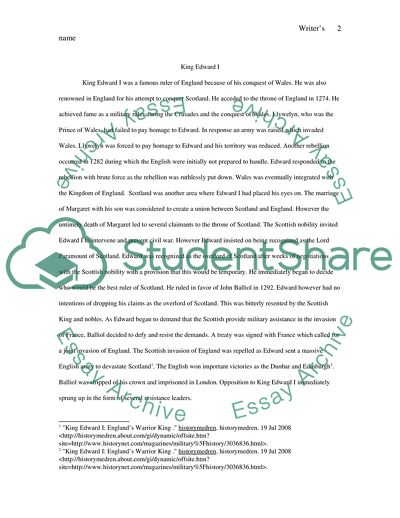Cite this document
(Conquest of Scotland: King Edward I and William Wallace Coursework, n.d.)
Conquest of Scotland: King Edward I and William Wallace Coursework. https://studentshare.org/history/1715225-conquest-of-scotland
Conquest of Scotland: King Edward I and William Wallace Coursework. https://studentshare.org/history/1715225-conquest-of-scotland
(Conquest of Scotland: King Edward I and William Wallace Coursework)
Conquest of Scotland: King Edward I and William Wallace Coursework. https://studentshare.org/history/1715225-conquest-of-scotland.
Conquest of Scotland: King Edward I and William Wallace Coursework. https://studentshare.org/history/1715225-conquest-of-scotland.
“Conquest of Scotland: King Edward I and William Wallace Coursework”. https://studentshare.org/history/1715225-conquest-of-scotland.


